If you're a spice lover, or just dipping your toes into the fiery world of hot peppers, then the serrano chile is one chili you absolutely must get to know. It's not just about heat — it's about flavor, versatility, and that perfect kick that elevates any dish from ordinary to extraordinary. Whether you're roasting it for tacos or tossing it into a homemade salsa, this little green (or red!) pepper has got big personality.
Table of Contents
- What Exactly Is a Serrano Chile?
- Heat Level: Mild to Wild?
- Flavor Profile: Beyond the Burn
- Culinary Uses: From Salsas to Stews
- 5 Pro Tips for Cooking with Serrano Chiles
- Want to Grow Your Own? Here's How
- Buying Guide: Picking the Perfect Pepper
- Serrano vs. Jalapeño: Which One Wins?
- Storage & Preserving Tips
- Frequently Asked Questions
- Final Thoughts
What Exactly Is a Serrano Chile?
The serrano chile (Capsicum annuum) hails from Mexico, where it's been used in cooking for centuries. Unlike the more commonly known jalapeño, serranos are thinner, smaller, and — dare we say — spicier. They can be eaten raw, roasted, or dried, and they come in a rainbow of colors from bright green to deep red, orange, and even brown. The color doesn't just affect appearance; it changes the flavor profile and heat level as well.
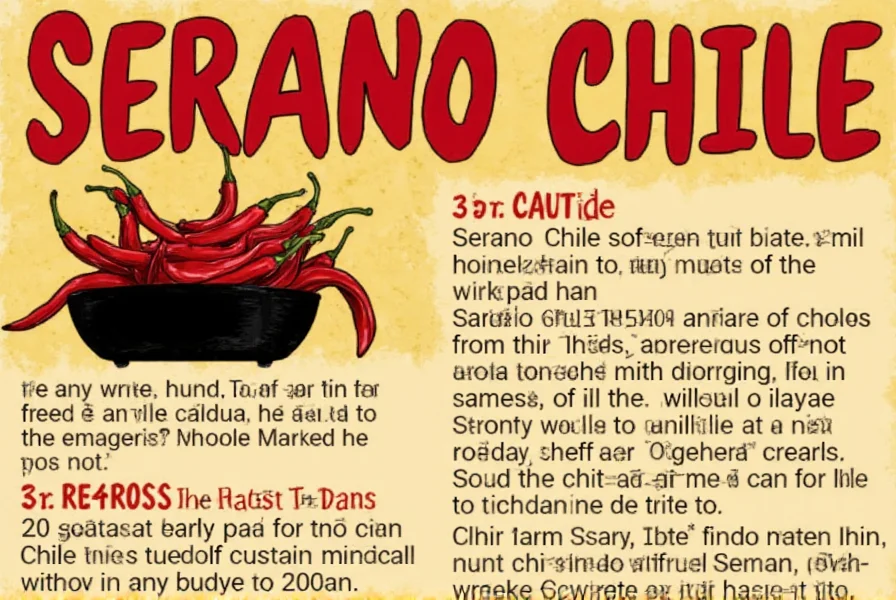
Heat Level: Mild to Wild?
When it comes to heat, serrano chiles range from 10,000 to 23,000 Scoville Heat Units (SHU), making them significantly hotter than jalapeños (which clock in at around 2,500–8,000 SHU). That said, they're still considered moderately spicy by chili standards — think along the lines of a mild Thai bird chile or a hotter-than-average poblano.
Factors affecting their spiciness include:
- Maturity: Red serranos are usually spicier than green ones.
- Climate: Hotter, drier climates produce fiercer fruits.
- Preparation: Removing seeds and membranes reduces heat.
Flavor Profile: Beyond the Burn
While many people focus on the heat, serrano chiles offer a complex flavor that's earthy, grassy, and slightly fruity — especially when ripe. Compared to other fresh peppers, they have a cleaner, brighter bite that makes them ideal for salsas, dressings, and sauces where subtlety matters as much as spice.
Here's how they stack up in taste:
| Pepper | Flavor Notes | Heat Level (SHU) |
|---|---|---|
| Red Serrano | Fruity, smoky | 20,000+ |
| Green Serrano | Grassy, vegetal | 10,000–15,000 |
| Jalapeño | Earthy, buttery | 2,500–8,000 |
| Serrano | Sharp, crisp | 10,000–23,000 |
Culinary Uses: From Salsas to Stews
The beauty of serrano chiles lies in their adaptability. Here are some of the most popular ways to use them in the kitchen:
- Salsas: Freshly chopped in pico de gallo or blended into creamy avocado dips.
- Roasted Dishes: Roast until blistered and toss into quesadillas or tacos al pastor.
- Cooked Sauces: Simmer with tomatoes, onions, and garlic for a smoky verde sauce.
- Pickled: Quick-pickle them for tangy, spicy toppings on sandwiches or empanadas.
- Dried: Use dried serranos to make mole or chili powders.
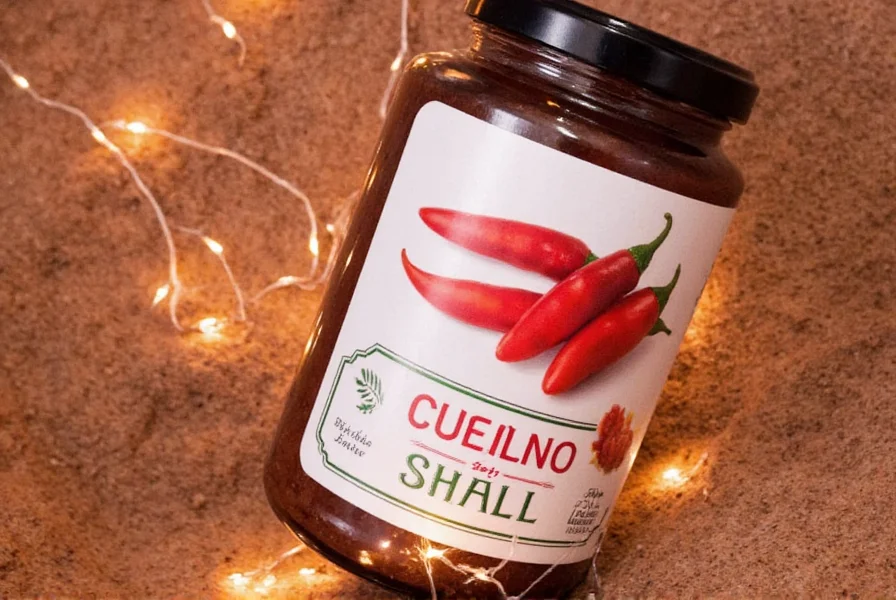
5 Pro Tips for Cooking with Serrano Chiles
- Use gloves when handling them. Capsaicin burns don't discriminate — protect those hands!
- Roast them whole first. This adds depth and mellow out the heat slightly.
- Don't overcook. Serranos can turn bitter if cooked too long.
- Balance the spice. Add lime juice or dairy like crema to temper the heat.
- Chop finely for even distribution. Especially important in salsas and dressings.
Want to Grow Your Own? Here's How
If you've fallen head over heels for these fiery beauties, why not grow your own? Serrano chiles thrive in warm climates but can be grown indoors in containers as well.
Tips for growing:
- Start from seeds indoors 6–8 weeks before last frost.
- Use well-draining soil and plenty of sunlight (at least 6 hours).
- Water regularly but avoid soggy roots.
- Harvest anytime from green to red stages depending on your desired heat level.

Buying Guide: Picking the Perfect Pepper
Whether you're shopping at a farmers market or a supermarket, here's what to look for when choosing serrano chiles:
| Feature | What to Look For |
|---|---|
| Color | Bright, uniform color; avoid dull or wrinkled peppers |
| Texture | Firm and smooth; avoid soft or mushy ones |
| Size | 1–2 inches long, consistent thickness |
| Stem | Attached and green; dry or broken stems mean older produce |
Recommended Products:
- Organic Serrano Chiles – Brand A
Features: Locally grown, pesticide-free
Best For: Raw salsas and garnishes
Occasions: Casual dinners, taco nights, DIY hot sauces - Preserved Serrano Chiles in Vinegar – Brand B
Features: Ready-to-use, shelf-stable, lightly pickled
Best For: Sandwiches, charcuterie boards, quick sauces
Occasions: Brunch spreads, party platters, weekday meals - Dried Whole Serrano Chiles – Brand C
Features: Sun-dried, natural color retention
Best For: Mole, chili oils, stews
Occasions: Weekend cooking, holiday feasts, batch meal prep
Serrano vs. Jalapeño: Which One Wins?
Both are staples in Mexican cuisine, but which one deserves a permanent spot in your pantry?
| Criteria | Serrano Chile | Jalapeño |
|---|---|---|
| Heat Level | Hotter | Milder |
| Flavor | Grassy, fruity | Buttery, earthy |
| Size | Smaller, skinnier | Larger, fatter |
| Best Use | Raw or quick-cook dishes | Stuffed, grilled, smoked |
| Availability | Seasonal specialty | Year-round staple |
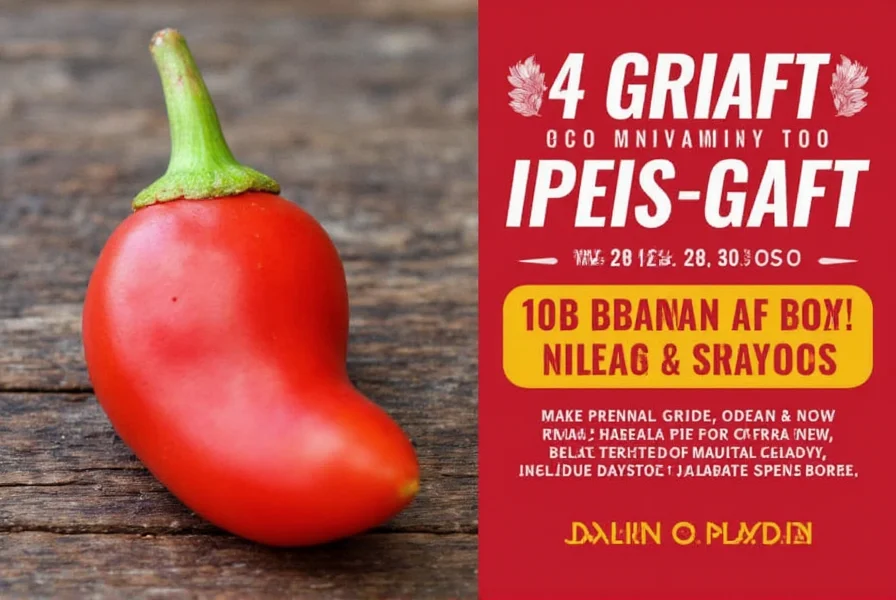
Storage & Preserving Tips
Got an abundance of serrano chiles? Don't let them go bad! Here's how to store and preserve them for future use:
- Refrigeration: Store unwashed in a plastic bag for up to two weeks.
- Freezing: Freeze whole or chopped in airtight bags — no need to thaw before use!
- Drying: Hang in bunches or use a food dehydrator until brittle.
- Pickling: Toss into vinegar brine with garlic and spices for tangy results.
- Oils & Pastes: Blend with oil or salt for freezer-friendly flavor bombs.
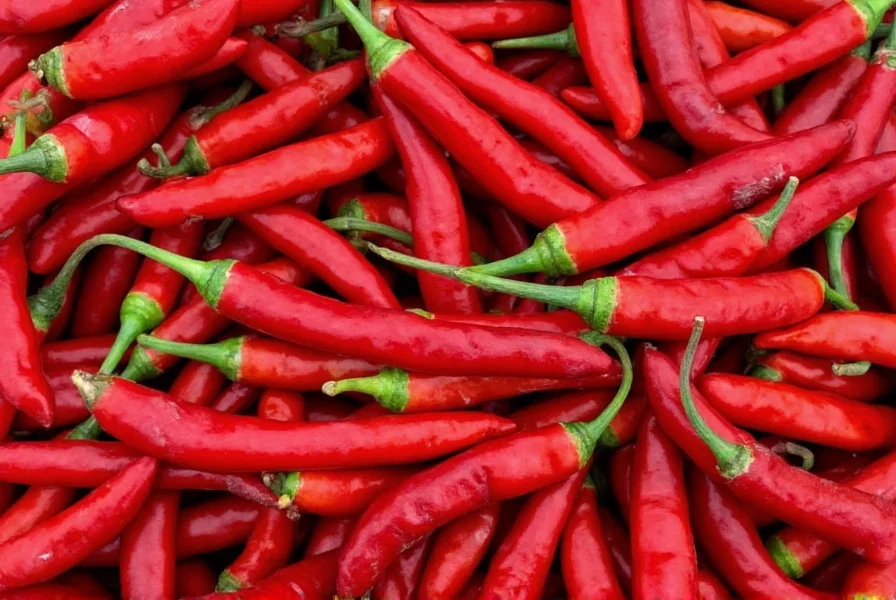
Frequently Asked Questions
Are serrano peppers the same as serano peppers?
Yes, "serano" is a common misspelling of "serrano." The correct spelling is "serrano" (with double "r"), named after the mountains ("sierras") in Mexico where they originated.
How hot are serrano peppers compared to other chiles?
Serrano peppers range from 10,000 to 23,000 Scoville Heat Units (SHU), making them about 2-4 times hotter than jalapeños. They're milder than habaneros (100,000-350,000 SHU) but hotter than poblanos (1,000-2,000 SHU).
Can I substitute serrano peppers for jalapeños in recipes?
Yes, but use about half the amount of serranos since they're significantly hotter. For a closer flavor match without the extra heat, remove the seeds and membranes from the serranos before using.
What's the best way to reduce the heat of serrano peppers?
Remove the white membranes and seeds (where most capsaicin is concentrated), soak chopped peppers in salt water for 10-15 minutes, or balance with acidic ingredients like lime juice or dairy products like sour cream.
Do serrano peppers get hotter as they change color?
Generally yes. Green serranos are milder (10,000-15,000 SHU), while red, orange, and yellow varieties tend to be hotter (up to 23,000 SHU) as they mature on the plant.
How long do fresh serrano peppers last?
When stored properly in the refrigerator (in a plastic bag in the crisper drawer), they'll stay fresh for 1-2 weeks. For longer storage, freeze or dry them.
What are the health benefits of serrano peppers?
Serrano peppers are rich in vitamin C (more than oranges!), vitamin A, and capsaicin, which has been linked to pain relief, improved metabolism, and reduced inflammation. They're also low in calories and high in antioxidants.
How do I handle serrano peppers safely without burning my skin?
Always wear gloves when handling serranos, especially when cutting or seeding them. Avoid touching your face, and wash hands thoroughly with soap and water afterward. If you get capsaicin on your skin, use milk or oil to remove it, not water.
Can I grow serrano peppers indoors year-round?
Yes! Serrano peppers grow well in containers indoors with at least 6-8 hours of direct sunlight or under grow lights. Choose a 2-5 gallon pot with drainage, use quality potting mix, and maintain temperatures between 70-85°F for best results.
What's the difference between fresh, dried, and pickled serrano peppers?
Fresh serranos have bright, grassy flavor; dried ones develop deeper, smokier notes perfect for sauces and powders; pickled serranos offer tangy heat ideal for toppings and sandwiches. Each form brings unique qualities to dishes.
Final Thoughts
The serrano chile may be small, but it packs a punch that shouldn't be underestimated. Whether you're adding a little zing to your morning eggs or crafting a vibrant salsa for game night, this versatile pepper has got your back. From selecting the best ones at the market to preserving them for months ahead, mastering the serrano opens up a whole new world of flavor.
So next time you see these slender green gems at the store or farmer's market, don't walk — run. Spice up your life and your kitchen with serrano chiles today!
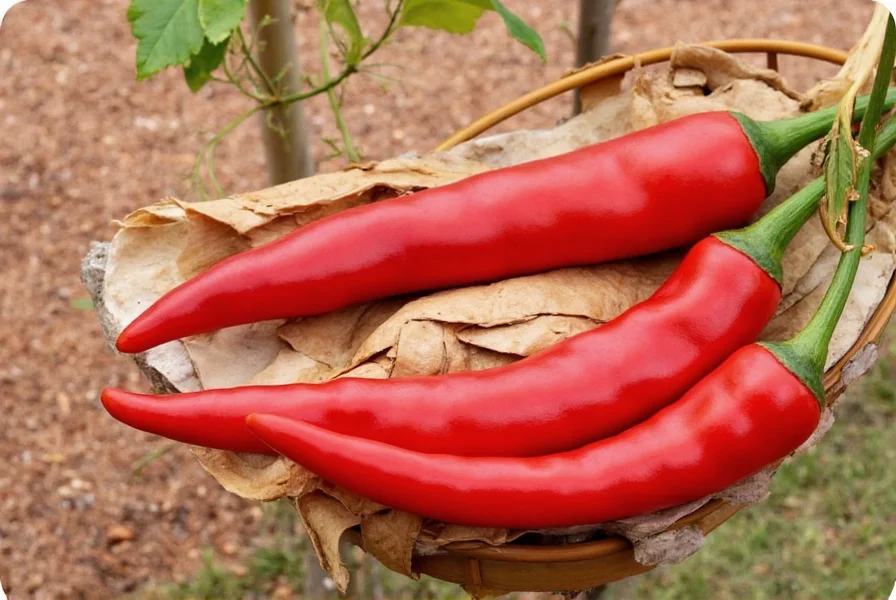

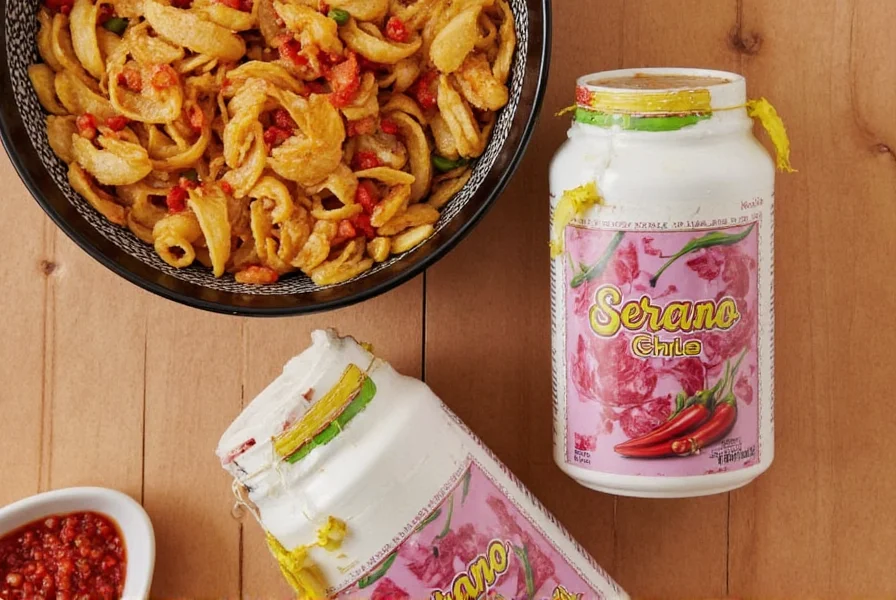









 浙公网安备
33010002000092号
浙公网安备
33010002000092号 浙B2-20120091-4
浙B2-20120091-4